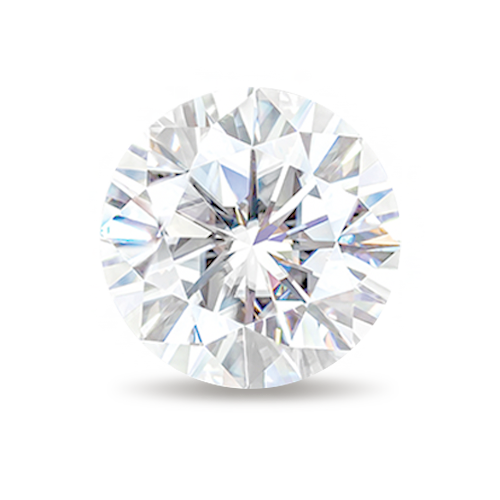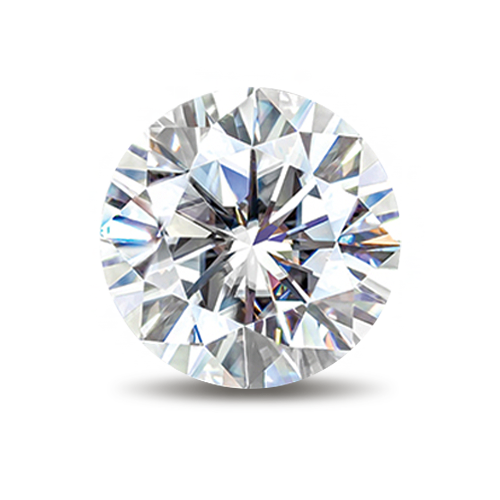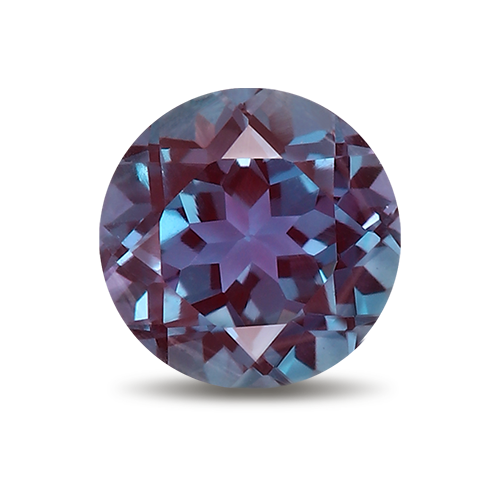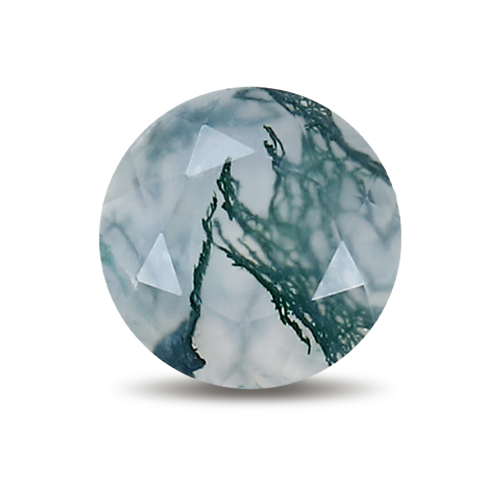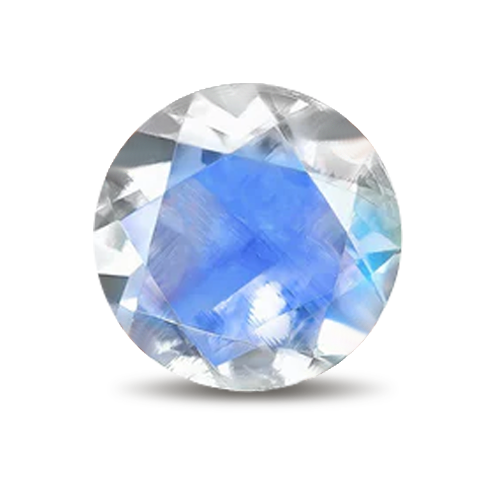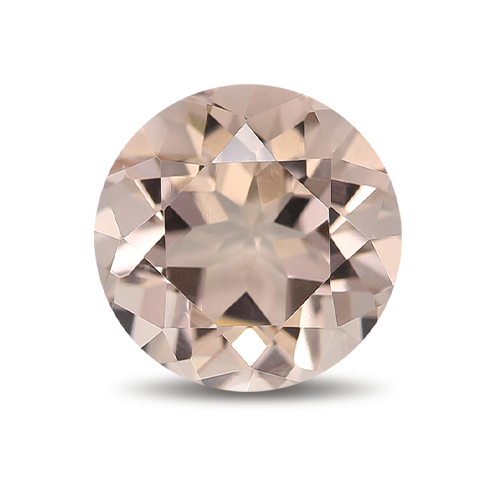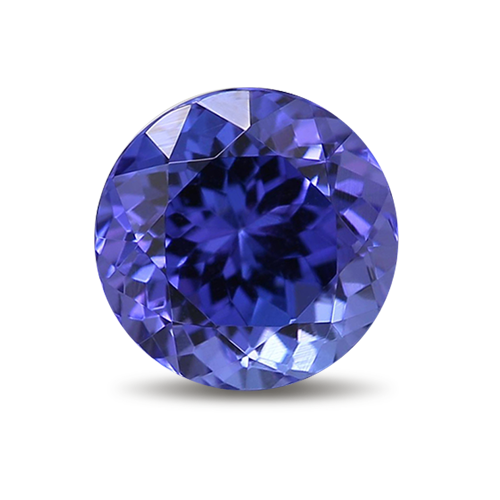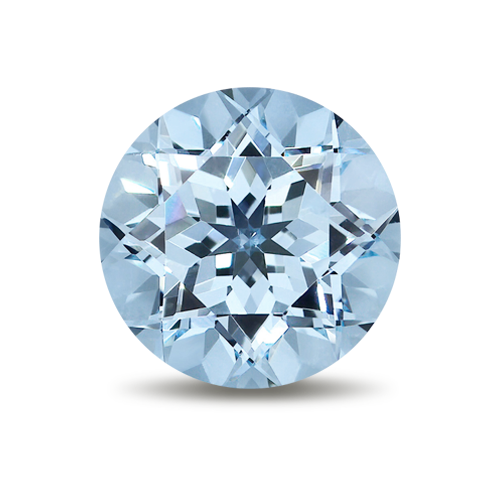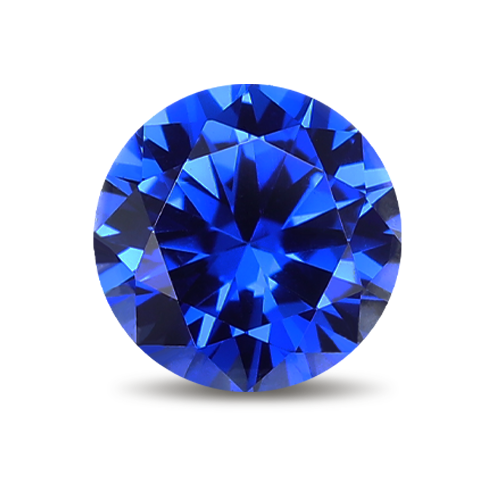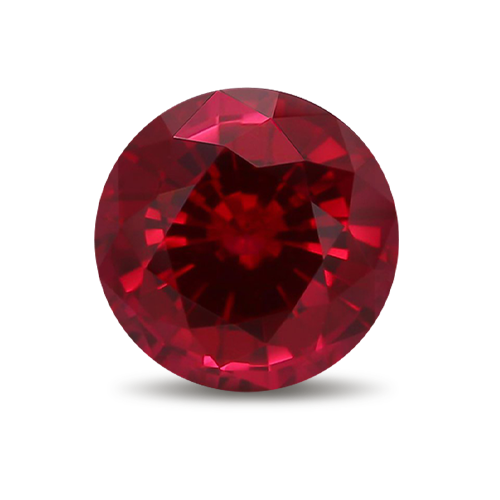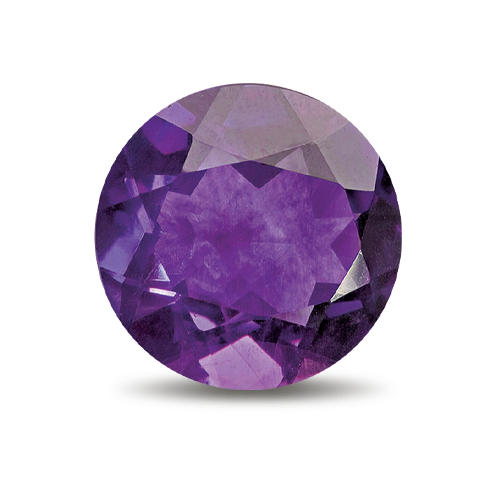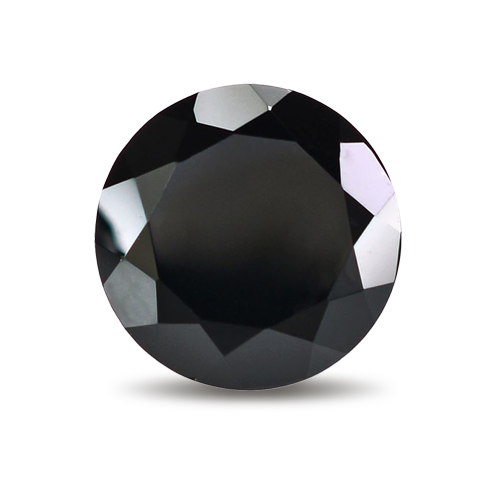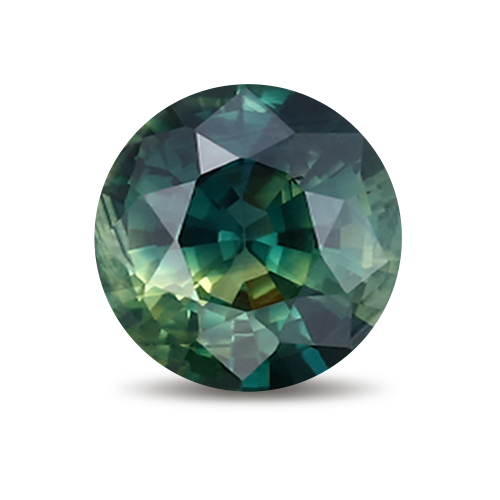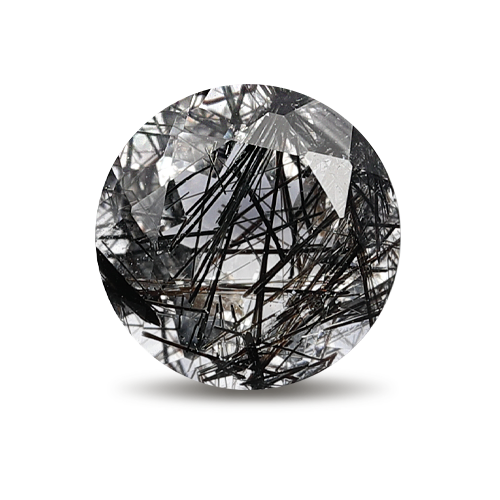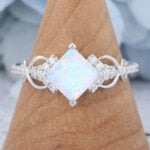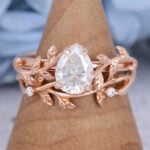Gold is a precious metal that is widely used in modern times. It is mainly used for gold jewelry, storage and investment, as well as decoration and crafts. However, in addition to these common uses, there are many interesting and cool facts about gold. Do you know what are some interesting and fun facts about gold? This article will tell you all about gold (gold trivia) and serve as your comprehensive gold encyclopedia.
What is gold?
The chemical symbol for gold is ‘Au’. One of the unique and fun facts about the element gold is that it is present in very low concentrations in the earth’s crust. It is one of the earliest precious metals discovered and used by humans in nature. It is widely used for its unique physical and chemical properties.
Gold has a warm golden color, which is very retro and elegant, and is very suitable for high-end jewelry. Gold has been the monetary basis of many countries in history and is still an important reserve asset in modern times. Gold has a wide range of uses and is used in industries such as jewelry, currency, electronic technology, medical treatment and decorations.

3 Physical Important and Fun Facts About Gold - Basic Properties of Gold
- The origin name of gold element is Latin ‘Aurum’, meaning “shining dawn” or “shining morning light.”One of the amazing facts about gold is that it is extremely ductile. One gram of gold can be stretched into a filament about 3 kilometers long, or hammered into gold foil thinner than paper.
- What elements does gold react with? Actually old does not react with most elements at room temperature, but it can react with halogens, aqua regia, mercury, high-temperature oxidants, etc. under certain conditions. This is why gold can maintain its luster for a long time in nature.
- What is gold’s boiling point? The boiling point of gold is about 2,856°C (5,173°F). This means that at standard atmospheric pressure (1 atm), gold needs to be heated to 2,856°C in order to change from liquid to gas.
2 Fun Facts About Gold - The History and Culture of Gold
- A fun fact about gold is that it has been used by humans for more than 5,000 years, which is longer than the history of many countries.
- The United States used to use the gold standard until it was completely abolished in 1971, which means that the US dollar was once pegged to gold.
5 Fun Facts About Gold - The Economic and Investment Value of Gold
- The country with the largest gold reserves in the world is the United States, which holds more than 8,000 tons of gold reserves.
- The country with the highest gold production in the world is China, with an annual production of more than 300 tons.
- Gold is widely used in the jewelry industry, and about 50% of the world’s gold demand comes from jewelry manufacturing. Gold jewelry is sometimes paired with gemstones to make luxurious gold and gemstone ringsfor engagements and weddings.
- California gold rush fun facts: The discovery of gold at Sutter’s Mill in California led to about 300,000 people around the world going to California to pan for gold, and the economy of the western United States developed rapidly.
- One of the1973 interesting facts:The price of gold broke through $100 per ounce for the first time (it had been fixed at $35 per ounce for a long time before). Due to the depreciation of the US dollar and the rise in inflation, investors began to turn to gold for risk aversion, which pushed up the price of gold.
10 Random, Interesting and Fun Facts About Gold - Gold Trivia
- The gold we talk about in daily life is not 100% pure gold, but 24K gold (99.9% gold content). However, because 24K gold is too soft, most jewelry uses 18K (75% gold) or 14K (58.3% gold).
- 99% of the gold on Earth may be buried in the core of the earth, because the density of gold is extremely high, and a large amount of gold sank into the core when the earth was formed.
- The world’s largest gold nugget is called “Welcome Stranger”, which was discovered in Australia in 1869 and weighed 72 kilograms.
- The most expensive gold bar in the world is a 250-kilogram gold bar produced in Switzerland, worth more than 10 million US dollars.
- Gold is edible, and some high-end restaurants in the world offer edible gold foil dishes, such as gold coffee and gold sushi.
- Studies have shown that humans also contain trace amounts of gold, mainly in the blood, but the total amount is less than 0.2 mg.
- In Japan, there is a “golden hot spring”, which is said to be able to beautify the skin by soaking in a hot spring containing trace amounts of gold.
- Gold can be used in the medical field. Some drugs for treating arthritis contain trace amounts of gold, which helps relieve inflammation and pain.
- Currently, the amount of gold in the world that has been mined is about 208,874 tons. If all the gold on earth is melted into a gold wire with a diameter of 1 cm, it can circle the earth 3.45 times.
- Olympic gold medals are not actually pure gold. Since 1912, Olympic gold medals have been mainly made of silver with a layer of gold plating.
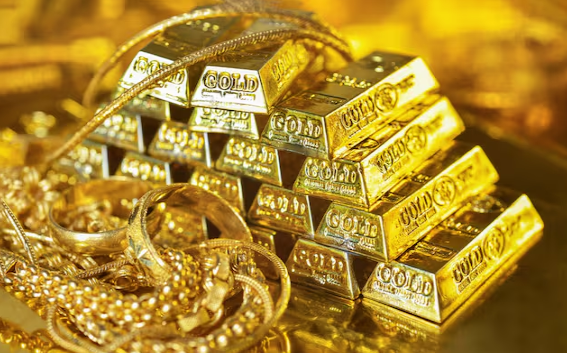
Besides gold, what are some other interesting facts about metals?
cool facts about copper
- The history of copper use can be traced back to 9000 BC, which is older than gold and is one of the earliest metals used by humans.
- Copper is the only metal that appears reddish-orange in its natural state. This is because the electronic structure of copper can absorb and reflect different wavelengths of light, thus showing a unique color.
- Copper has natural antibacterial properties and can kill many bacteria and viruses in a short time. Therefore, many hospitals and public places use copper alloy materials for door handles, handrails, bedside tables, etc. to reduce the spread of germs.
unusual and fun facts about platinum
- The content of platinum in the earth’s crust is about 0.005 ppm, while the content of gold is 0.004 ppm. Although they seem similar, in fact, the amount of platinum mined worldwide each year is only about 1/30 of that of gold, so platinum is more rare.
- The density of platinum is 21.45 g/cm³, which is higher than that of gold (19.32 g/cm³). Therefore, the same volume of platinum is heavier than gold.
- Due to the high melting point and high hardness of platinum, it is much more difficult to process than gold. Platinum jewelry requires the use of higher temperature flame welding, and more manual craftsmanship is required during the polishing and setting process, which is one of the reasons why platinum jewelry is more expensive.
cool facts about rhodium
- South Africa is the world’s largest rhodium producer, accounting for more than 80% of the world’s rhodium supply.
- Rhodium is often more expensive than gold and platinum, and has even been more than 10 times more expensive than gold in certain periods! Its scarcity and important role in automotive catalytic converters make the market price of rhodium extremely volatile.
Conclusion
The 20 interesting info and fun facts about gold can increase your knowledge about gold, and also help you better choose, wear and handle gold jewelry, because common 14k gold and 18k gold jewelry can maintain the above characteristics of gold.
FAQs About Fun Facts About Gold
Is gold a natural resource? How much gold has been mined in history?
Yes, gold is a natural resource. Approximately 205,000 metric tons of gold have been mined throughout history.
How big is an ounce of gold? What does an ounce of gold look like in jewelry?
1 ounce of gold weighs 31.1035 grams. It is a unit of weight, not a specific size or shape, so its actual dimensions depend on the form it’s in. In jewelry, 1 ounce of gold can be shaped into various items, such as a bracelet. A 1-ounce gold bracelet will typically have a larger, solid feel but can vary in thickness and design depending on the style. A solid gold bracelet of this weight can appear quite substantial.
Is gold a metal? How much gold can you buy at one time?
Yes, gold is a metal. The amount you can buy depends on the market, but large quantities like 1 kg or more are common in investment transactions.
Who discovered gold as an element? Is a gold bar an element?
Gold has been known since ancient times, and its element status was established by modern chemists like Antoine Lavoisier. A gold bar is not an element; it’s a physical form of gold, which is an element.
 Christmas: 25% off All ltems · Code AFJ25 ·Ends Dec 30 30% off All Items ·On Orders Over $600 – Code AMANDA30
Christmas: 25% off All ltems · Code AFJ25 ·Ends Dec 30 30% off All Items ·On Orders Over $600 – Code AMANDA30
